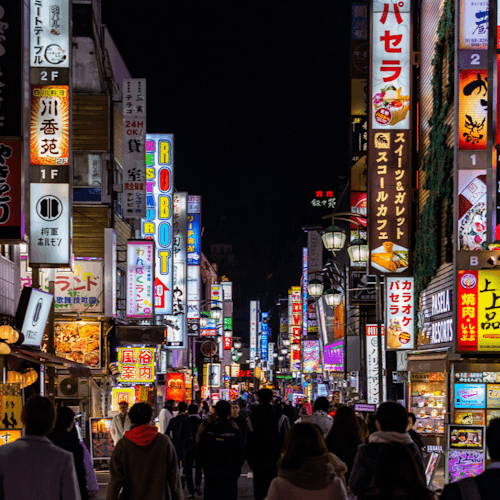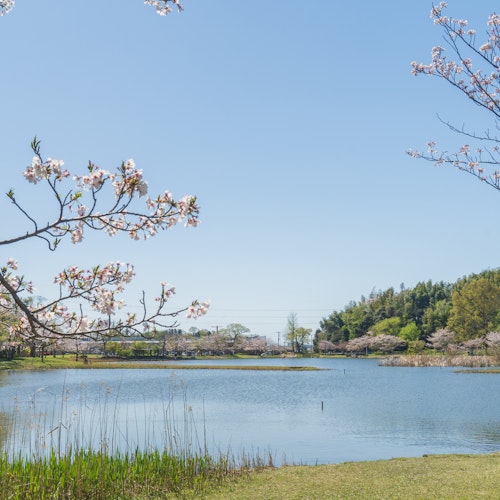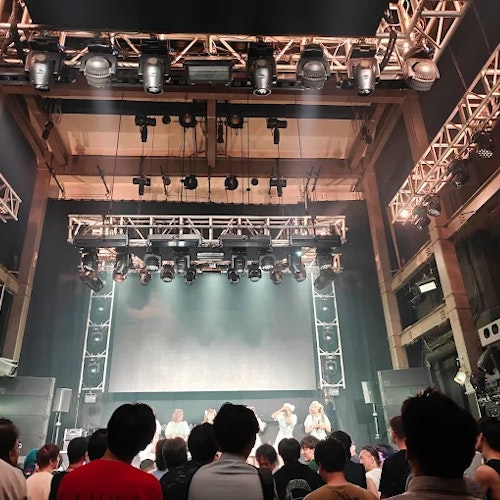

Shinjuku is Tokyo's busiest and most exciting neighborhood. If you're looking for things to do in Shinjuku, you're in the right place. This guide covers the top attractions in Shinjuku, from peaceful gardens to neon-lit streets. Whether you visit during the day or night, there are plenty of Shinjuku tourist attractions waiting for you.

One of the most peaceful things to do in Shinjuku is to visit Shinjuku Gyoen National Garden. This expansive 144-acre park offers a serene escape from the urban chaos outside its gates. The garden beautifully combines three distinct landscape styles: traditional Japanese gardens, formal French gardens, and English landscape gardens.
During spring, thousands of cherry blossom trees transform the park into a pink paradise, making it one of Tokyo's premier hanami viewing spots. In autumn, the maple trees create stunning displays of red and gold foliage.
You can easily spend two to three hours walking the paths and relaxing on the lawns. This is one of the must-see attractions in Shinjuku for nature lovers. If you want to learn more about cherry blossoms, consider joining a Tokyo Cherry Blossom Tour that includes stops at Shinjuku Gyoen and other famous spots around the city.
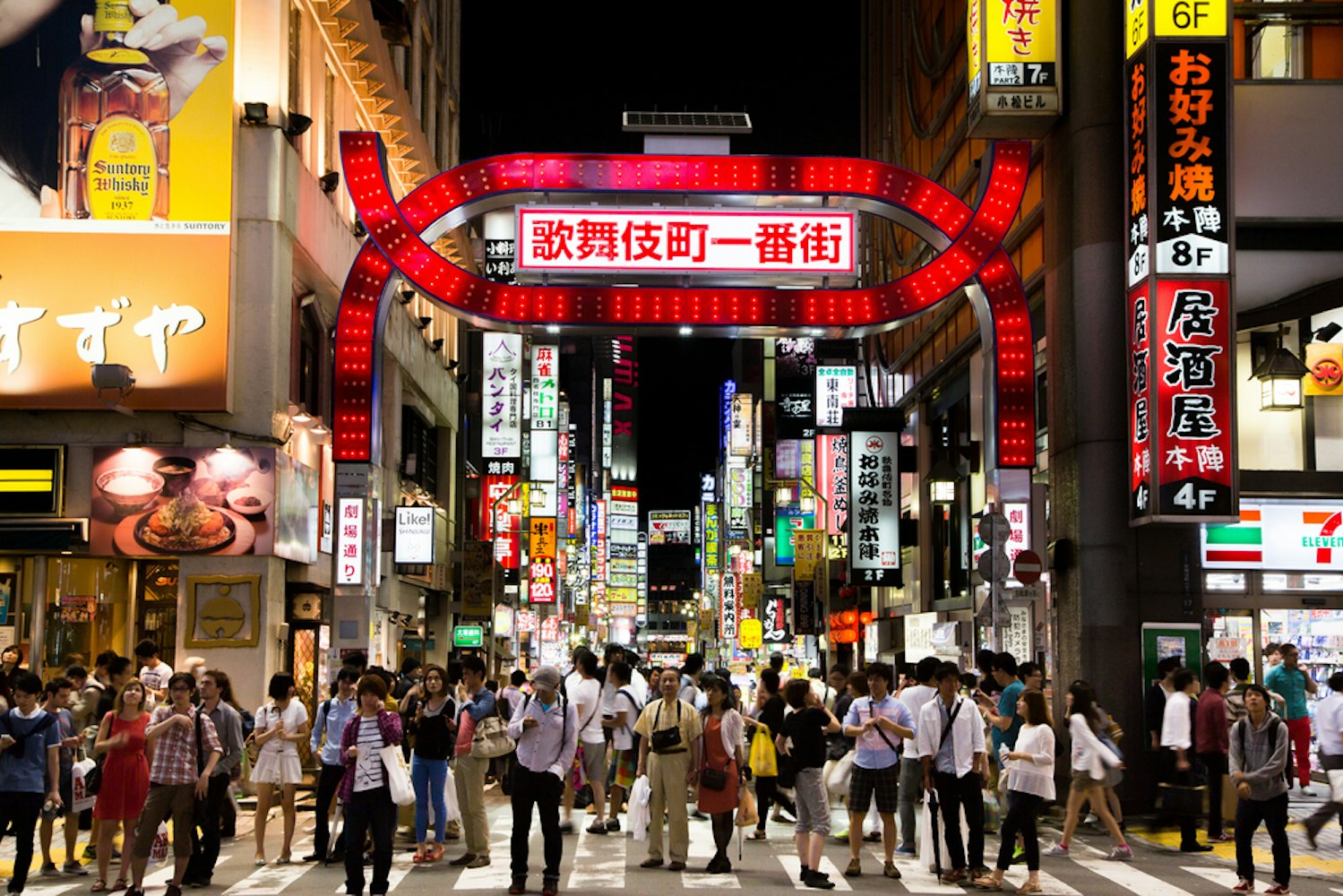
When people ask what to do in Shinjuku at night, Kabukicho is always the answer. This is Tokyo's largest entertainment district with bright neon lights, restaurants, karaoke bars, and clubs. The famous Godzilla Head statue sits on top of a building and is a must-see landmark.
Walking through Kabukicho at night feels like stepping into a movie. The streets are safe for tourists, but stay aware of your surroundings. This area shows you the real Tokyo nightlife. It's definitely one of the coolest things to do in Shinjuku.
Many Tokyo Night Tours include Kabukicho as a main stop, giving you guided access to hidden bars and local spots you might miss on your own.
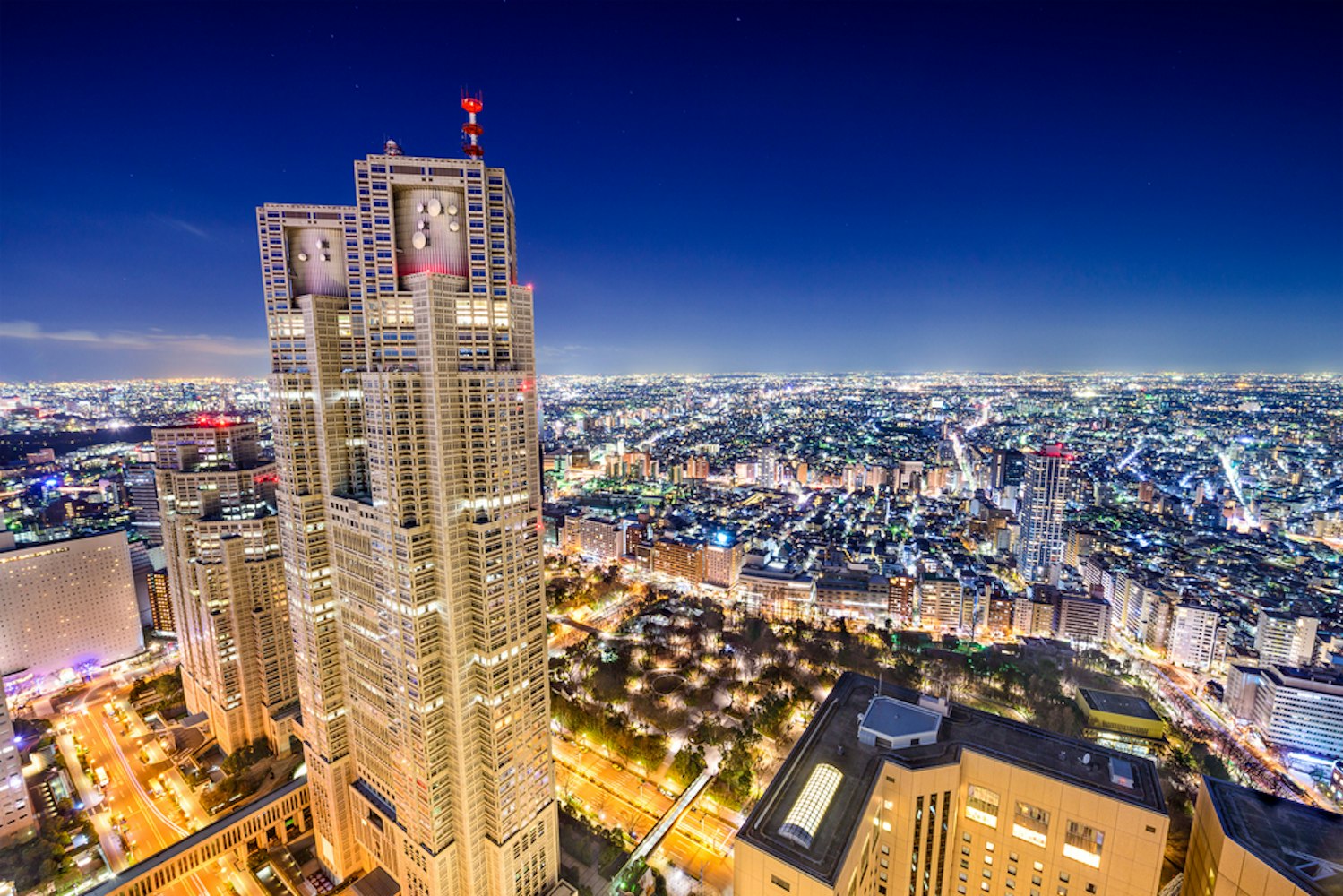
Among the free things to do in Tokyo Shinjuku, the Tokyo Metropolitan Government Building Observatory stands out. These twin towers, designed by renowned architect Kenzo Tange offer observation decks on the 45th floor, providing spectacular panoramic views of the city. On clear days, you can see Mount Fuji in the distance, creating picture-perfect moments.
The north and south observation decks offer slightly different perspectives, though typically only one operates in the evening. Visiting during sunset provides the magical transition from day to night as Tokyo's lights begin to twinkle across the sprawling metropolis.
Information panels help identify landmarks visible from the windows. The building also houses various government offices and sometimes hosts special exhibitions, making it both a functional government center and a must-visit tourist spot in Shinjuku.

Embark on an immersive Bar Hopping Tour in Shinjuku, Tokyo, where you'll explore the vibrant nightlife through local izakayas, savoring traditional dishes and drinks, and uncovering hidden gems with a knowledgeable local guide.
Golden Gai is a small area with about 200 tiny bars, each fitting only five to eight people. This is one of the most unique things to see in Shinjuku. The narrow alleys and old wooden buildings survived from the 1960s. Each bar has its own style and regular customers.
Some bars charge a cover fee for first-time visitors, usually around 500-1000 yen. The atmosphere is friendly and intimate. This is where you experience old Tokyo. Golden Gai is definitely on the list of must-do in Shinjuku for anyone who likes bars and meeting people.
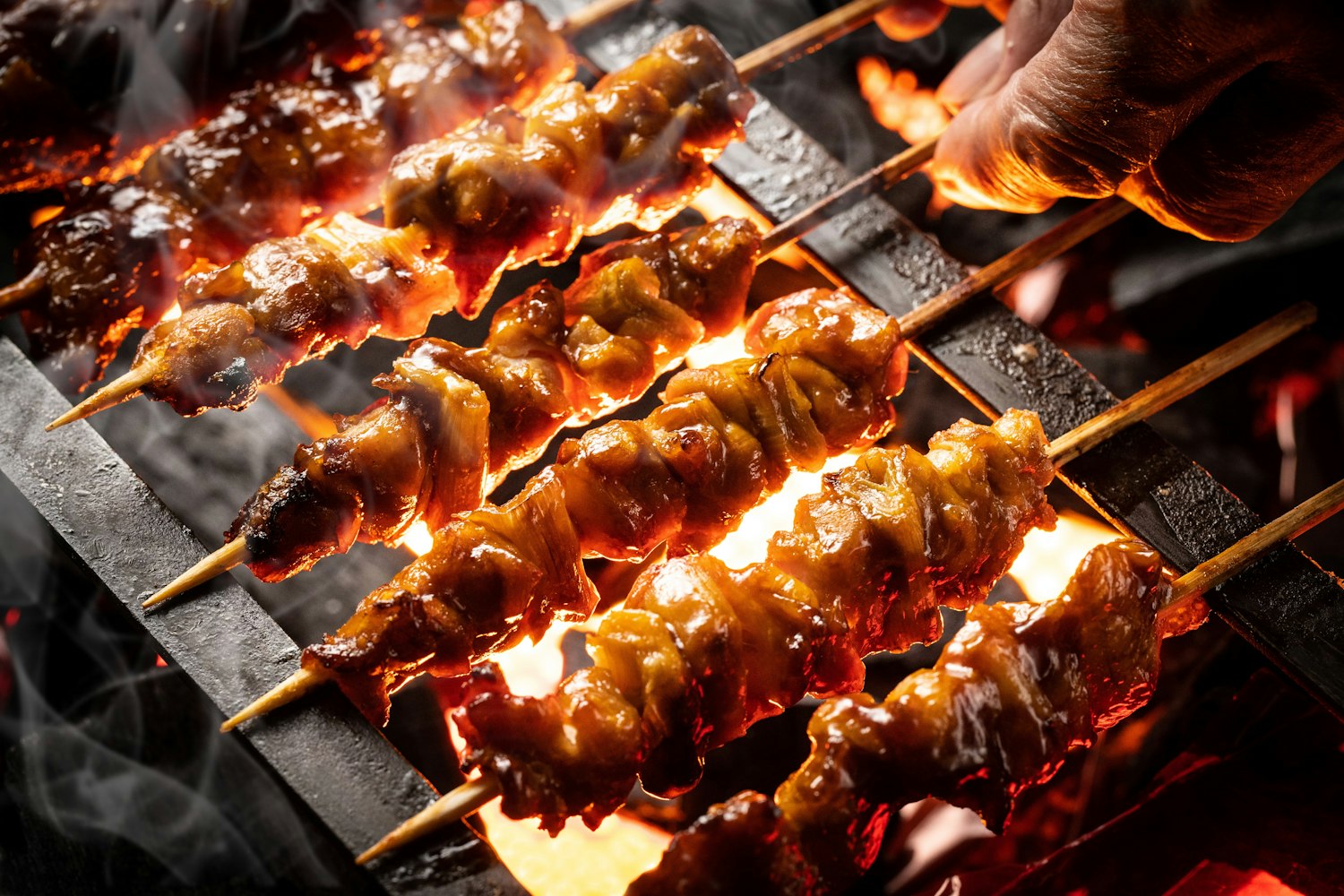
Omoide Yokocho, also called Memory Lane, is filled with small yakitori restaurants. These places grill chicken skewers over charcoal right in front of you. The smoky smell fills the narrow alley. Each restaurant has only a few seats at the counter. You sit, order skewers, and watch the chef grill your food. It's cheap, delicious, and very authentic. This is one of the top things to do in Shinjuku for food lovers. The area gets busy after 7 PM, so arrive early or be ready to wait.
Many Tokyo Food Tours include stops at Omoide Yokocho, where guides help you order the best items and explain what you're eating.

Shinjuku Station is the busiest train station in the world. Around the station, you'll find huge department stores like Lumine, Keio, Odakyu, and Takashimaya. These stores connect underground, creating a massive shopping area.
You can buy everything from luxury fashion to character goods and souvenirs. The basement food halls are amazing, with beautiful displays of Japanese sweets, fresh produce, and prepared meals. Shopping here is one of the essential things to do in Tokyo Shinjuku. The department stores offer tax-free shopping for tourists.
Thermae-Yu is a modern onsen spa in Shinjuku. Real hot spring water is brought in from outside Tokyo every day. You can enjoy different temperature baths, saunas, and an outdoor bath on the roof. This is one of the more relaxing Shinjuku activities.
First-time visitors get instructions on proper bath etiquette. You rent sleepwear and can relax in the lounge area. The spa also has a restaurant. After a long day of walking around Shinjuku, this is the perfect way to rest your feet. It's a must-visit for anyone wanting to try authentic Japanese bathing culture.
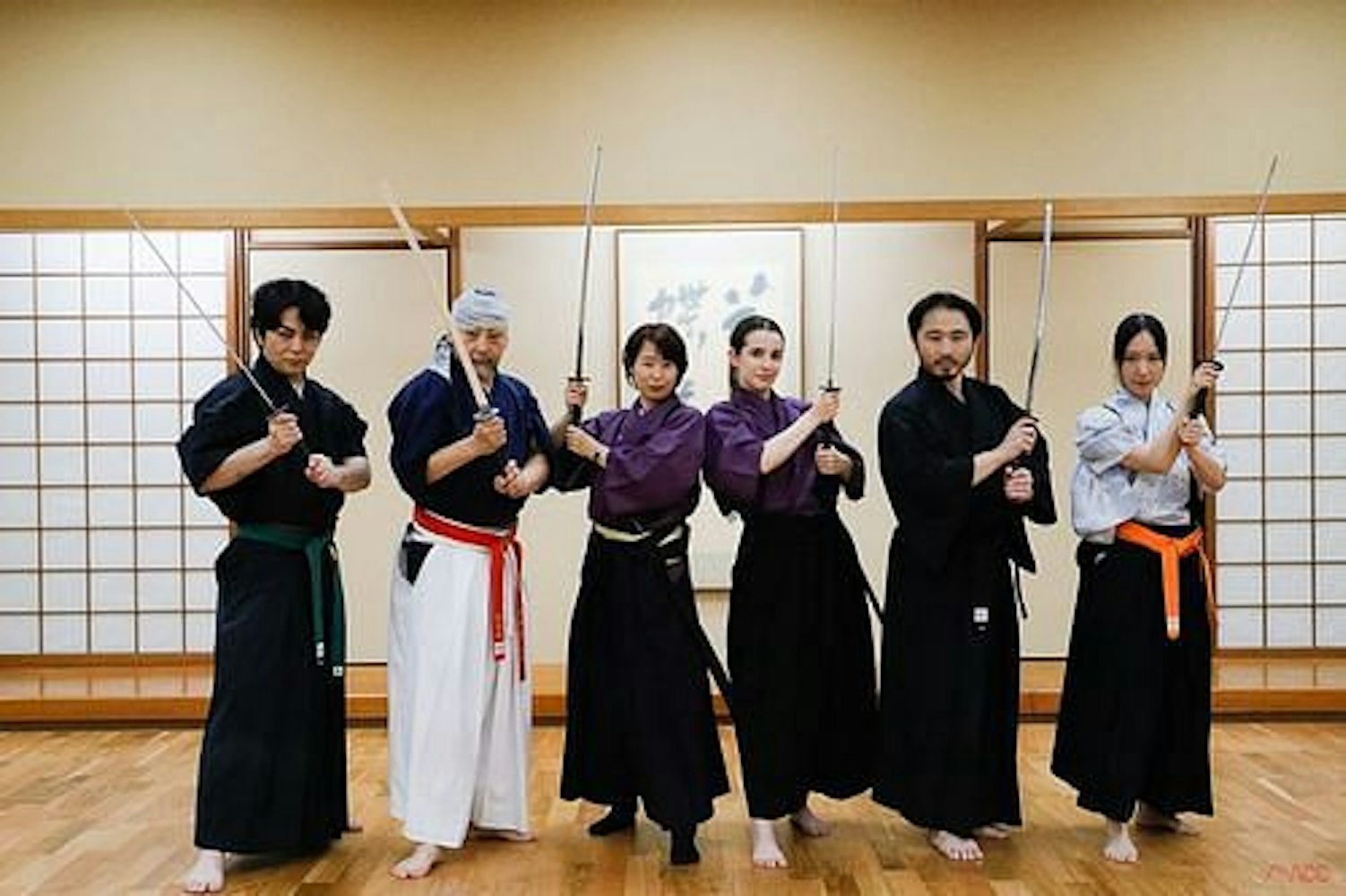
For those wondering what to see in Shinjuku that connects to Japanese history, the Samurai Museum offers an engaging educational experience. This museum houses an impressive collection of authentic samurai armor, helmets, and weapons spanning several centuries.
English-speaking guides provide detailed explanations about samurai culture, bushido philosophy, and the historical context of the exhibits. Visitors can try on replica armor for photos and participate in sword-holding demonstrations. The museum also features daily samurai sword fighting shows that demonstrate traditional techniques with dramatic flair.
Book a Samurai Experience Tour to not only visit the museum but also try samurai sword techniques yourself with professional instructors.

Enjoy a private karaoke lesson in a lively Shinjuku bar with an English-speaking instructor. Learn to sing popular Japanese songs, no language skills needed.
Shinjuku has many karaoke places, from budget chains to fancy venues. In Japan, you get a private room instead of singing in front of strangers. You can choose from thousands of songs in different languages. Most places offer drink packages where you can order unlimited drinks during your session. Karaoke rooms have good sound systems, disco lights, and tambourines. This is one of the fun things to do in Shinjuku with friends. Many places stay open 24 hours.
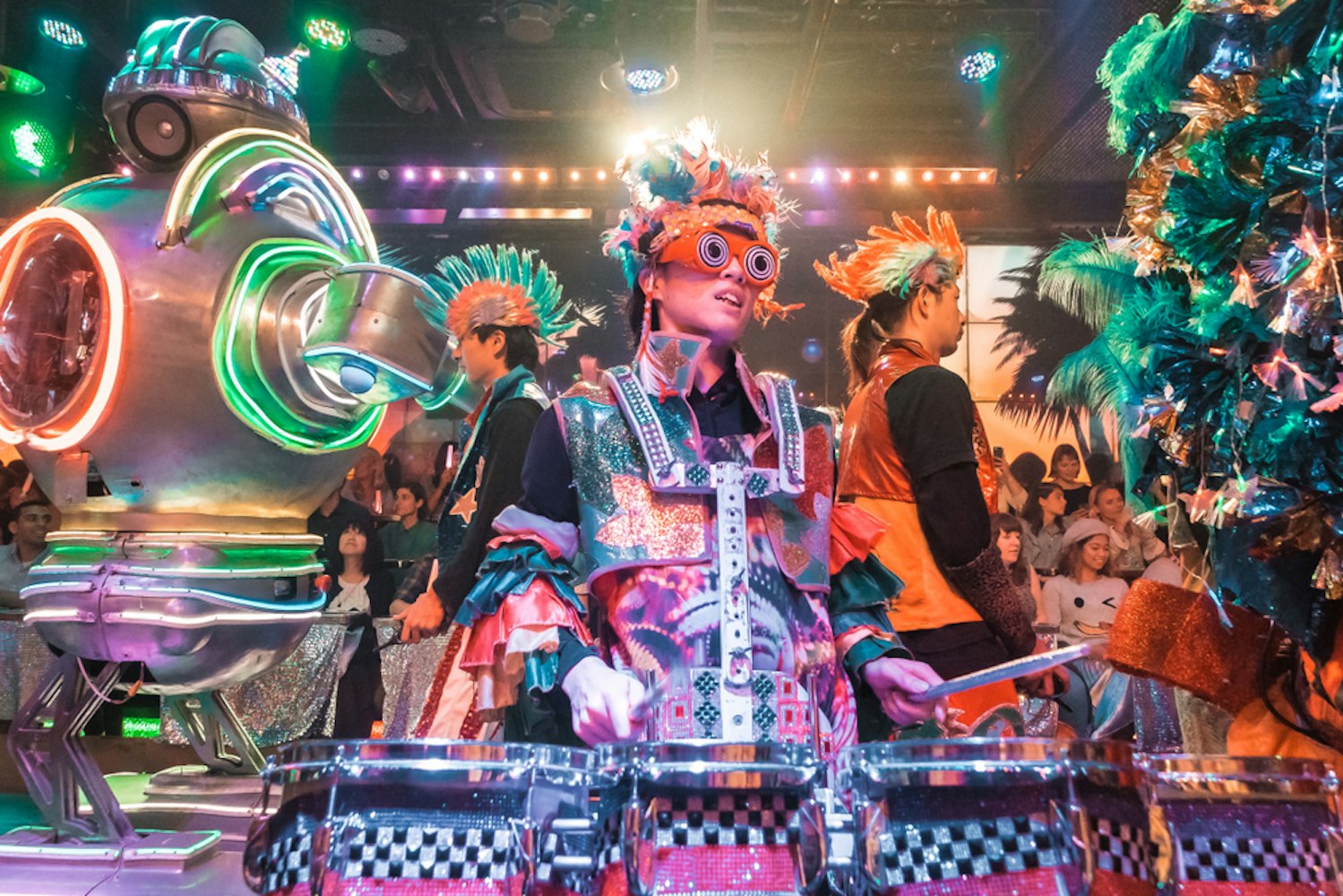
Though technically in Kabukicho, Robot Restaurant deserves mention as one of the most memorable weird things to do in Shinjuku. This isn't actually a restaurant but rather a spectacle show featuring giant robots, neon lights, dancers, and sensory overload.
The show combines elements of cabaret, science fiction, and pure chaos in a way that defies easy description. Giant robot vehicles carry performers through the small theater while lasers, lights, and loud music create an overwhelming atmosphere.
The experience is entirely unique to Japan and particularly to this Shinjuku location. While the ticket price is substantial and includes minimal food, visitors pay for the one-of-a-kind experience. The show requires booking in advance as it often sells out.

Don Quijote, called "Donki" by locals, is open 24 hours a day. This discount store is packed floor to ceiling with everything imaginable. You'll find cosmetics, snacks, electronics, costumes, toys, and weird products you didn't know existed.
The prices are cheap, and tourists get tax-free shopping. The stores play loud music and have bright displays everywhere. Shopping at Don Quijote is an experience itself and one of the must-see places to visit in Shinjuku. Many tourists come back multiple times to find unique Japanese snacks and souvenirs.
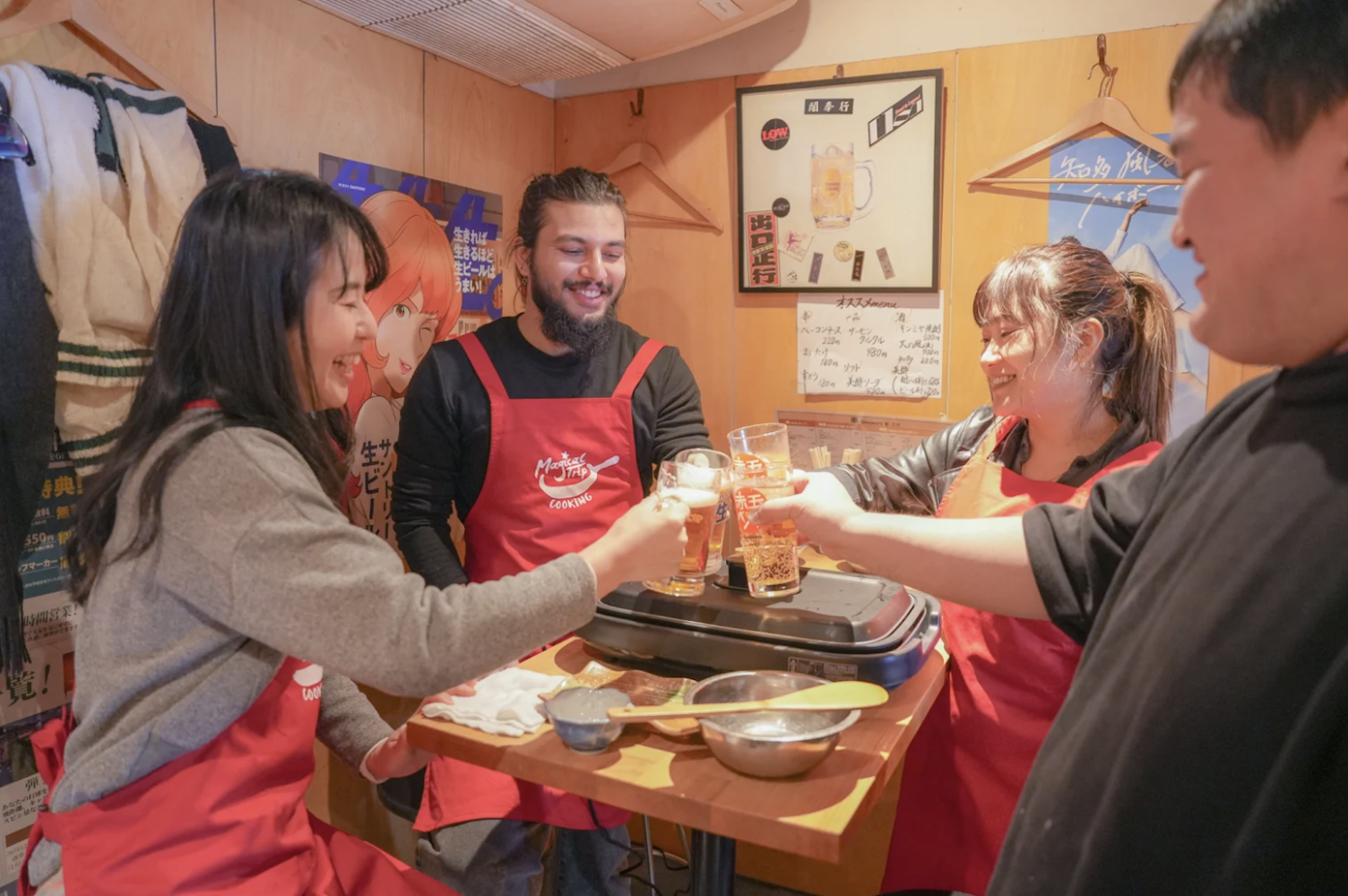
Shinjuku has some of Tokyo's best ramen shops. Fuunji is famous for tsukemen, where you dip noodles in thick soup. Nagi specializes in sardine-based broth with a unique flavor. Ichiran gives you a solo dining booth so you can focus on your noodles.
Many ramen shops stay open late, making them perfect after drinking or sightseeing. The prices are cheap, usually under 1,000 yen per bowl. Most shops have vending machines outside where you order before going in. Trying different ramen shops is one of the top things to do in Shinjuku for food lovers.
Join a Tokyo Ramen Tour to visit three different ramen shops in one night and learn about the history and styles of Japanese ramen.

Guided walking tours offer structured approaches to exploring Shinjuku tourist spots while learning historical context and cultural insights. Food tours guide participants through various establishments, sampling different dishes while explaining food culture.
Evening tours focus on nightlife and entertainment districts. Historical tours trace the area's development from post-war ruins to modern metropolis. Some tours focus on specific themes like architecture, photography, or hidden gems. Local guides share stories and recommendations beyond guidebook information.
Book a Shinjuku Night Walking Tour to safely explore Kabukicho and Golden Gai with a local guide who knows the best bars and hidden spots.
Besides the government building, other towers offer views of Tokyo. The Shinjuku Sumitomo Building has a free observation area on the 51st floor that's less crowded. Some hotel lounges, like at Park Hyatt Tokyo, offer premium views with drinks, though these cost money.
Each observation deck shows different angles of the city. Comparing views from different buildings is interesting for photography lovers. This is one of the free or cheap Shinjuku must-see experiences. Evening visits show the famous Tokyo night lights stretching in every direction.

Shinjuku often has street performers, festivals, and special events. The area in front of Shinjuku Station sometimes has live music or dance performances. During holidays, there are illumination displays and decorations. Summer brings outdoor festivals with food stalls.
These free events add extra excitement to what to do in Shinjuku. Check local event calendars to see what's happening during your visit. Street photography opportunities are everywhere, especially at night when the neon lights create colorful backgrounds.
Start by visiting during the day to get familiar with the layout before the crowds arrive. Download offline maps on your phone since getting lost is easy at first. Most restaurants and shops accept cash, so carry yen with you. Learn a few basic Japanese phrases, though many places have English menus in tourist areas.
Don't try to see everything in one day - Shinjuku deserves at least two days to explore properly. Save energy for nighttime when Shinjuku really comes alive. Take breaks in parks or cafes when you get tired. Most importantly, be ready to discover your own favorite spots beyond this list.
